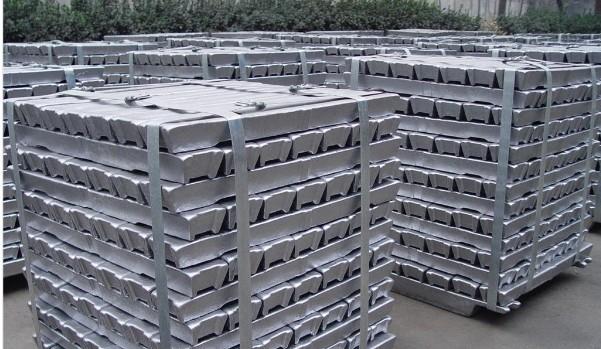Aluminum coils are essential components used in various industries, from construction and automotive to packaging and electronics. The production process of aluminum coils involves several stages, each contributing to the quality and performance of the final product. Let’s explore the journey of aluminum coils from raw materials to finished goods.
Stage 1: Raw Material Selection
The production process begins with the selection of high-quality raw materials. Aluminum ingots, typically made from bauxite ore through the Bayer process, are the primary raw material for aluminum coil production. Manufacturers carefully source aluminum ingots with the desired purity and alloy composition to meet specific application requirements.

Stage 2: Melting and Casting
In the melting and casting stage, aluminum ingots are melted in a furnace at high temperatures exceeding 660°C (1220°F). The molten aluminum is then cast into billets or slabs through continuous casting or direct chill casting processes. These semi-finished products serve as the starting material for subsequent processing steps.
Stage 3: Hot Rolling
The hot rolling process involves reducing the thickness of the aluminum billets or slabs to the desired gauge through a series of rolling mills. The heated aluminum is passed through multiple rollers to achieve the required thickness and dimensions. Hot rolling enhances the mechanical properties of the aluminum, such as strength and formability, while maintaining its ductility.
Stage 4: Cold Rolling
Following hot rolling, the aluminum undergoes cold rolling to further refine its thickness, surface finish, and mechanical properties. Cold rolling involves passing the aluminum through a series of cold rolling mills at room temperature. This process results in tighter tolerances, improved surface quality, and increased strength, making the aluminum suitable for a wide range of applications.
Stage 5: Annealing
Annealing is a crucial heat treatment process that follows cold rolling. The aluminum coils are heated to specific temperatures and held for a predetermined period before being slowly cooled. Annealing relieves internal stresses, improves ductility, and enhances the formability of the aluminum, making it easier to work with during subsequent processing steps, such as stamping or forming.

Stage 6: Surface Treatment
Surface treatment processes, such as cleaning, coating, and/or finishing, are applied to the aluminum coils to improve their appearance, corrosion resistance, and performance. Common surface treatments include anodizing, painting, laminating, or applying protective coatings. These treatments provide additional protection against environmental factors and enhance the aesthetic appeal of the aluminum coils.
Stage 7: Cutting and Packaging
Once the aluminum coils have undergone the necessary processing and surface treatments, they are cut to the desired lengths and packaged for shipment to customers. Precision cutting equipment ensures accurate dimensions and tight tolerances, meeting the requirements of various applications. Proper packaging protects the aluminum coils during transportation and storage, preventing damage or contamination.
Conclusion
The production process of aluminum coils involves a series of intricate steps, from raw material selection to finished product packaging. Each stage contributes to the quality, performance, and versatility of aluminum coils, making them indispensable materials in numerous industries. By understanding the production process, manufacturers can ensure the consistent production of high-quality aluminum coils that meet the diverse needs of customers worldwide.


